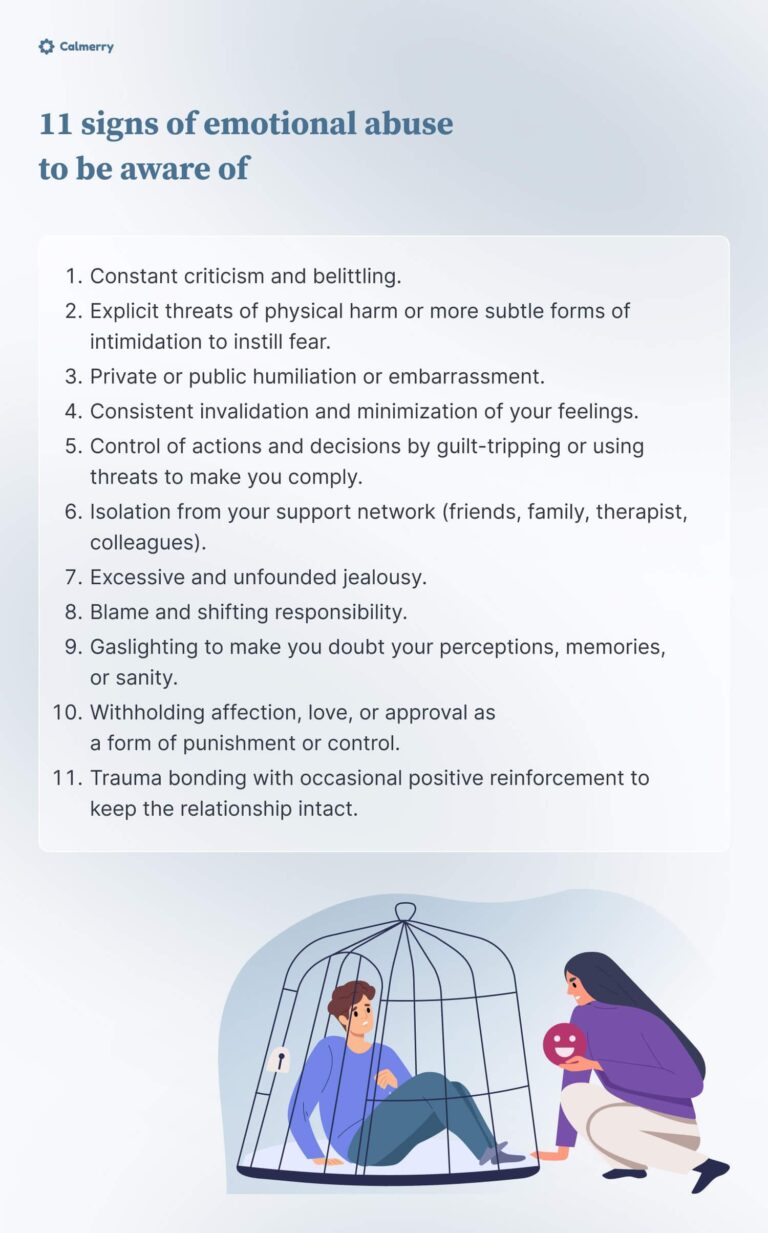In the complex landscape of relationships, communication is often hailed as the cornerstone of connection and understanding. Yet, when silence replaces dialogue, it can signal something far more damaging than mere quietness. The silent treatment is a subtle, yet potent form of emotional abuse that leaves deep scars beneath its seemingly benign surface. Recognizing the signs of this manipulative behavior is crucial—not only to protect your own well-being but also to foster healthier, more respectful interactions. In this article, we’ll explore what the silent treatment really is, how to identify its telltale signs, and why acknowledging it is the first step towards breaking free from its harmful grip.
Table of Contents
- Understanding the Psychological Impact of the Silent Treatment
- Identifying Behavioral Patterns That Signal Emotional Abuse
- The Long-Term Consequences of Emotional Neglect in Relationships
- Effective Strategies for Communication and Seeking Support
- Insights and Conclusions
Understanding the Psychological Impact of the Silent Treatment
When someone is subjected to the silent treatment, the immediate emotional response often includes confusion, anxiety, and self-doubt. This form of emotional abuse is insidious because it weaponizes silence, leaving the recipient feeling isolated and powerless. Over time, the psychological toll can manifest as heightened stress, decreased self-esteem, and even symptoms akin to depression. The unpredictability of when communication will resume creates a constant state of hypervigilance, making it difficult for the individual to relax or find emotional security within the relationship.
The silent treatment does more than just withhold conversation; it erodes trust and mutual respect. Victims often internalize blame or attempt to rationalize the silence, which perpetuates emotional harm. Some of the key psychological effects include:
- Feelings of worthlessness: The absence of communication sends a message that the person is unimportant or undeserving of attention.
- Emotional disconnection: Long-term silence builds barriers that are difficult to overcome, fostering loneliness and detachment.
- Difficulty expressing emotions: Victims may struggle to communicate openly for fear of triggering the silent treatment again.
Identifying Behavioral Patterns That Signal Emotional Abuse
Understanding the subtle behavioral cues that indicate emotional abuse is crucial to breaking free from its damaging hold. Often, these patterns manifest as consistent actions rather than isolated incidents. Victims may notice a gradual erosion of their self-esteem as the abuser employs tactics such as persistent criticism, withholding affection, or manipulative guilt-tripping. These behaviors are designed to control and silence, leaving the abused partner feeling confused and isolated without obvious signs of physical harm.
Key red flags include:
- Frequent silent treatments intended to punish or assert dominance.
- Gaslighting, where the abuser denies reality, causing self-doubt.
- Inconsistent expressions of love or support, leaving the victim anxious and desperate for approval.
- Minimizing feelings or blaming the victim for conflicts or issues in the relationship.
Recognizing these patterns requires awareness and courage, as emotional abuse often feels invisible and insidious. By naming these behaviors, victims can start to reclaim their voice and seek the support needed to heal.
The Long-Term Consequences of Emotional Neglect in Relationships
Emotional neglect in relationships stealthily erodes the foundation of trust and intimacy, often leaving lasting scars that are not immediately visible. Individuals subjected to sustained neglect may develop deep-seated feelings of unworthiness and invisibility, which can manifest as anxiety, depression, or difficulty forming healthy attachments in future relationships. Over time, the persistent absence of emotional support can distort a person’s self-perception, making them question their value and legitimacy in expressing needs or emotions.
The repercussions extend beyond the personal sphere, affecting social interactions and overall well-being. Some common long-term effects include:
- Chronic Emotional Isolation: A tendency to withdraw from others to avoid potential neglect or rejection.
- Impaired Communication Skills: Difficulty articulating feelings or asserting boundaries, stemming from years of invalidation.
- Heightened Sensitivity to Rejection: An amplified fear of abandonment that triggers defensive or avoidant behaviors.
- Trust Issues: An ongoing struggle to believe in the sincerity and reliability of others, often sabotaging relationships.
Effective Strategies for Communication and Seeking Support
When navigating the pain of emotional abuse, finding your voice amidst silence is crucial. Begin by setting clear boundaries and expressing your feelings without fear of judgment. Use “I” statements to communicate personal experiences, such as, “I feel hurt when I am ignored,” which helps avoid triggering defensiveness in the abuser. Surround yourself with individuals who validate your emotions and encourage open dialogue, whether friends, family members, or support groups. Remember, your feelings are valid and deserve to be heard.
Seeking support often requires courage, especially when the abuser isolates you. Consider these effective strategies:
- Keep a private journal to document your experiences and emotions; this can provide clarity and a sense of control.
- Reach out to trusted professionals, such as counselors or therapists trained in emotional abuse recovery.
- Use anonymous helplines or online forums if direct communication feels too risky or overwhelming.
- Develop a safety plan that outlines steps for when the situation escalates, ensuring your well-being is prioritized.
Insights and Conclusions
Understanding the silent treatment as a form of emotional abuse is crucial in recognizing the subtle yet damaging ways it can affect relationships. It’s more than just a moment of quiet—it’s a powerful tool that can isolate, manipulate, and hurt. If you or someone you know is experiencing this, remember that acknowledging the problem is the first step toward healing. Seeking support, setting boundaries, and prioritizing emotional well-being are essential moves toward breaking free from the silence. No one deserves to be silenced—your voice matters, and your feelings are valid.

